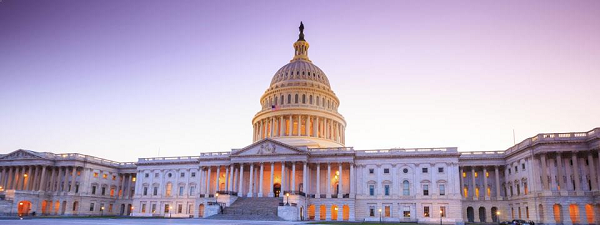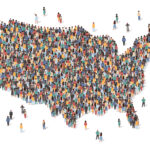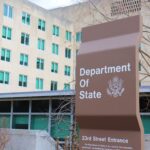AILA proudly welcomes this blog post from Diversity, Equity, and Inclusion Committee Law Student Scholarship recipient Alejandro Alvarado, part of a series intended to highlight the important ways in which diversity, equity, and inclusion inform immigration law and policy. More information about AILA’s DEI Committee and its important work is available on AILA’s website
American Indian Tribes and Alaska Natives have a unique legal and political relationship with the United States Government. The character of this unique relationship is a topic that has been contemplated since the emergence of the United States as a nation, and has evolved through treaties, statutes, case law, and executive orders. Whether it be the scope of the commerce clause found in the U.S. Constitution, or Executive Order No. 13767, “Border Security and Immigration Enforcement Improvements,” Tribal Nations have felt the impact of U.S. immigration policy, whether they were considered in the resulting policies or not.
It is easy to overlook how much U.S. immigration policy affects all aspects of life for Indian Tribes and Indigenous Peoples, but it does. Today’s immigration policies have an impact on various fronts including indigenous mobility, family separation, and border security.
Indigenous Mobility and Family Separation
In 1794, the Jay Treaty created portions of the present-day border between the United States and Canada. The Jay Treaty “split many tribal communities. . . [and] preserved the right of Native Americans to pass freely across the border by land, inland, or water.” Similarly, in 1854, the United States and Mexico established an international boundary that divided tribal lands, including historically and culturally sensitive tribal sites.
Despite efforts to facilitate indigenous mobility across international borders through Western Hemisphere Travel Initiative (WHTI) and other policies, Indigenous Peoples continue to face difficulty when attempting to travel internationally. In 2010, an Iroquois lacrosse team was left stranded in New York when their Iroquois passports were not accepted by either U.S. or British governments. Along the southern border, the Tohono O’odham’s ancestral lands and its citizens are divided by a security fence and patrolled by U.S. Border Patrol. As a result, “tribal members cannot cross freely to conduct business, attend religious or spiritual gatherings, or visit family and friends.” Furthermore, Indigenous Peoples with undocumented family members suffer the effects of family separation when their families are casualties of deportation, an issue “all too common on the Navajo Nation as more Navajo citizens are getting married to foreign nationals.”
Border Security
U.S. immigration policy also impacts Tribal Nations and Indigenous Peoples with regard to border security and economic opportunity. The unique relationship between Indian Tribes and the U.S. Government establishes that Indian reservations are not public land, and as a result, “tribes have a duty to ensure that tribal members’ rights and the tribes’ sovereignty are protected.” Tribal governments spend significant resources to protect their territories from “violence and crime, damage to cultural resources, increased demands on tribal law enforcement, illegal dumping, and environmental degradation.” Tribal Nations along the southern border faced additional stress from the U.S. Government when Executive Order 13767 directed the construction of a physical wall on the southern U.S. border without their consent.
Conclusion
Issues of international travel, family separation, and border security are topics all too common in the field of immigration law. Understanding the implications of immigration policy on Indian Tribes and Indigenous Peoples is important for immigration law practitioners that work or may someday work with members of indigenous communities or tribal governments. Embracing perspectives from Tribal Nations and Indigenous Peoples with regard to these, and other immigration issues, will lead to a more inclusive, well-rounded, and efficient immigration system in the United States.







